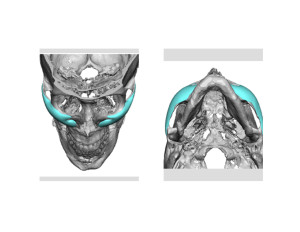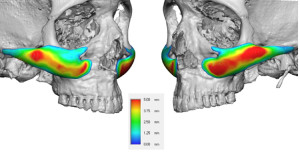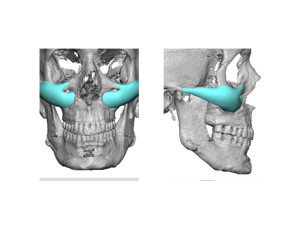Cheek augmentation is a popular facial enhancement procedure that can be done by a variety of methods. The most approach today is that of an injectable technique using either synthetic fillers or the patient’s own fat. The injectable cheek augmentation material is often highly influenced by whether any other surgery is being done, fillers in the office and fat in the operating room.
But the historic and only true one-time permanent cheek augmentation method is that of implants. Cheek implants have been around for over three decades and have evolved into a wide variety of styles and sizes. Cheek implants today definitely have far better choices for surgeons and patients to select. But careful assessment of almost all current cheek implants styles can be seen to be geared more towards women than men. Creating submalar and more anterior zones of augmentation creates more of a full rounder or ‘apple‘ cheek effect. In my experience this is really not what most men are interested in achieving, particularly that of the younger male.



Such a custom cheek implant design works best in men with leaner or thinner faces. This is the type of face where the skeletal augmentation is best seen. This is well illustrated in male model faces where it can be seen that they all have an overall thinner face with little subcutaneous fat.
Dr. Barry Eppley
Indianapolis, Indiana



